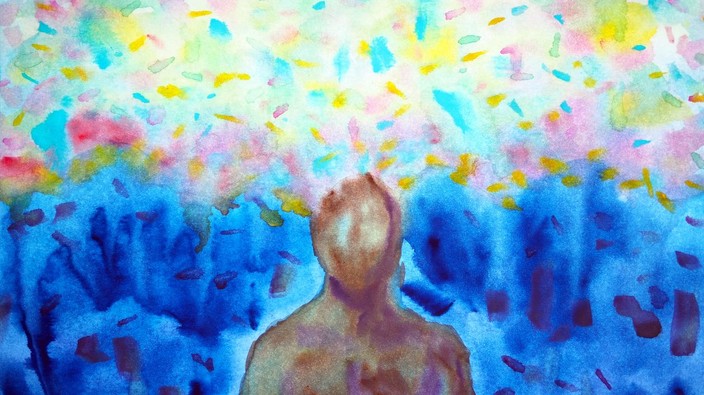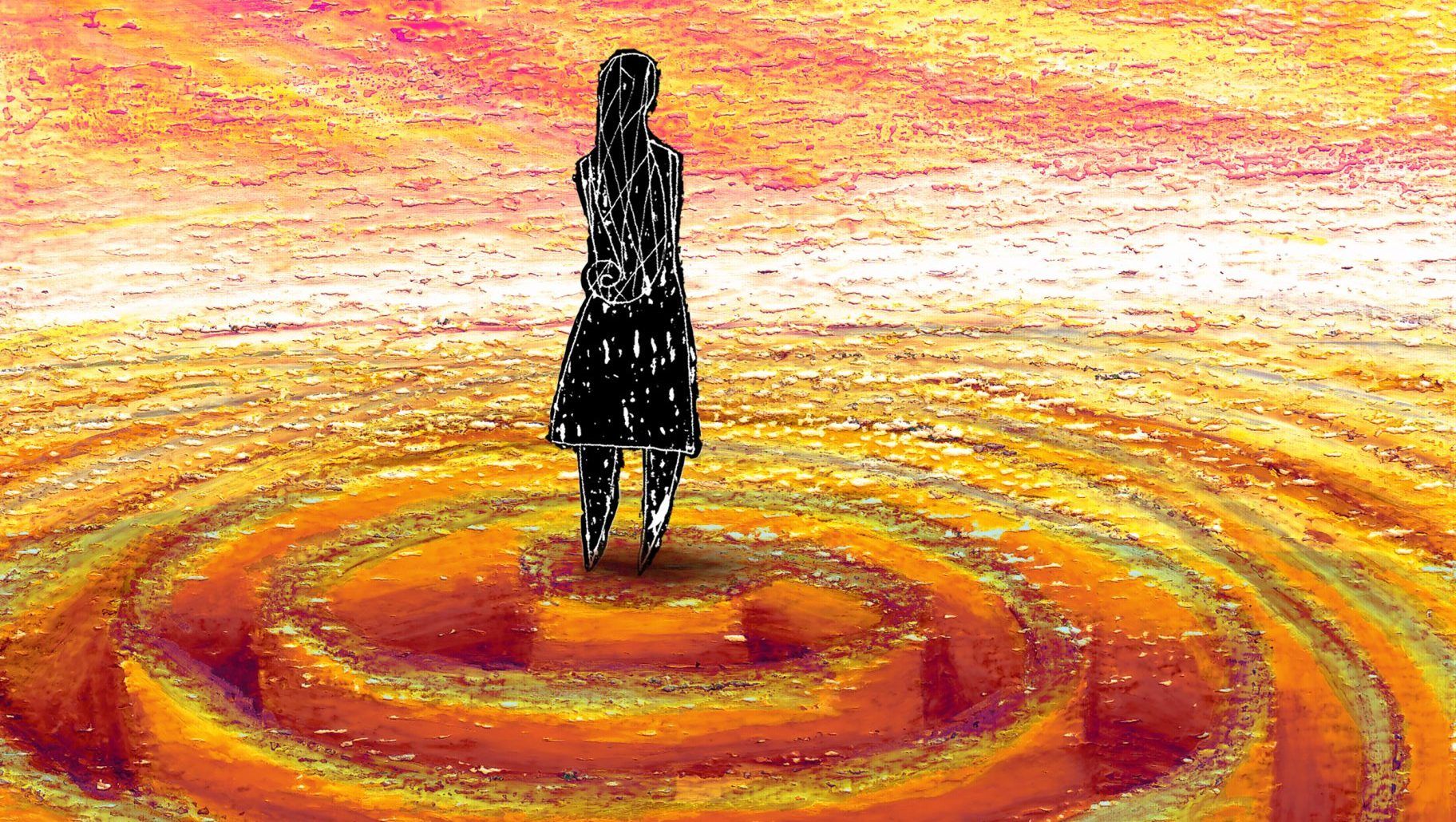diagnosing bipolar disorder
dobson says it’s difficult to quantify the exact number of canadians with bipolar disorder because most research, last conducted in 2012, focuses on self-reporting. if subjects are asked if they have ever felt manic or agitated, and they say yes, they are automatically deduced to have bipolar, he says.
“[but] current estimates are less than one per cent of people have lifetime bipolar i. for bipolar ii, it’s about half that.”
falret believed bipolar disorder had a genetic component, which most mental health professionals today agree with. some estimates put the chances of inheriting the condition from a parent at 10 per cent; others suggest more than two-thirds of people with bipolar have at least one close biological relative with the condition.
“studies with twins, however, suggest that the hereditary component of bipolar disorder is not that great,” says dobson. “especially bipolar ii. the rate of concordance for twins is no greater than obesity and lots of other conditions. so, it suggests there’s room for [environmental causes].” other research suggests trauma and stress can play a role.
moving through a bipolar diagnosis
dobson says lithium carbonate, which has been the first line of treatment for over 70 years, remains the recommended therapy to reduce the frequency and severity of symptoms, although there are other mood stabilizing drugs available. he says people are also often treated with antidepressants when they are in the depressed phase. a combination of medication, psychotherapy and cognitive behavioural therapy is most effective.
 6 minute read
6 minute read








